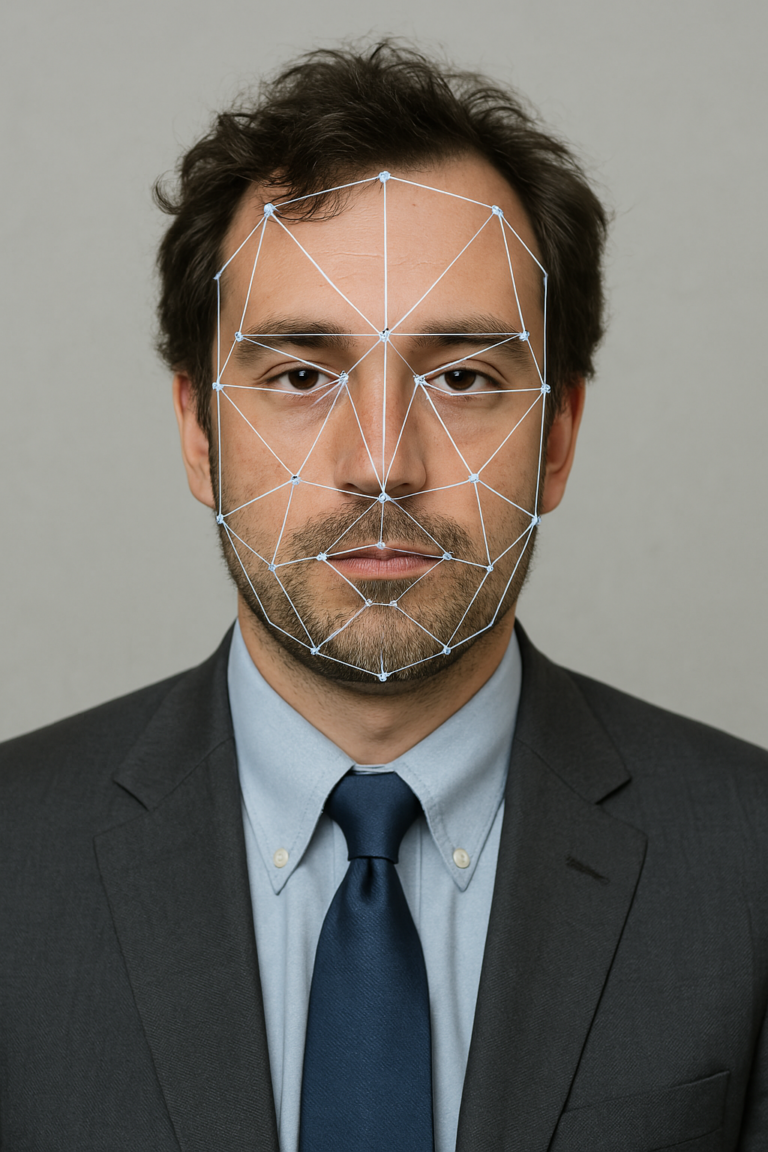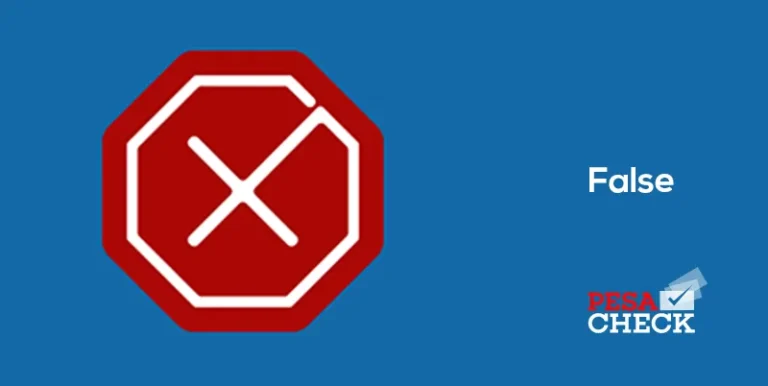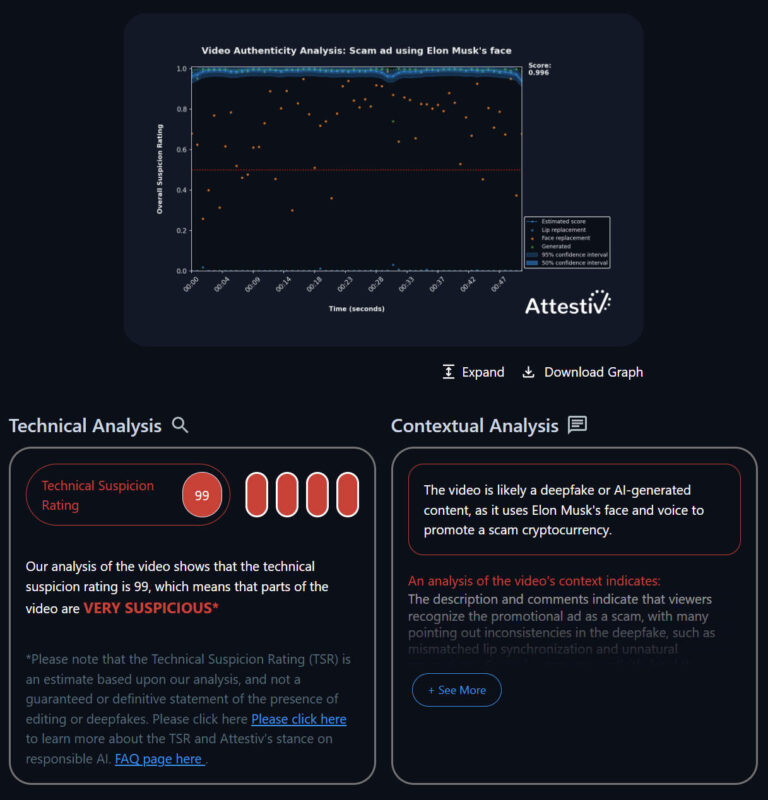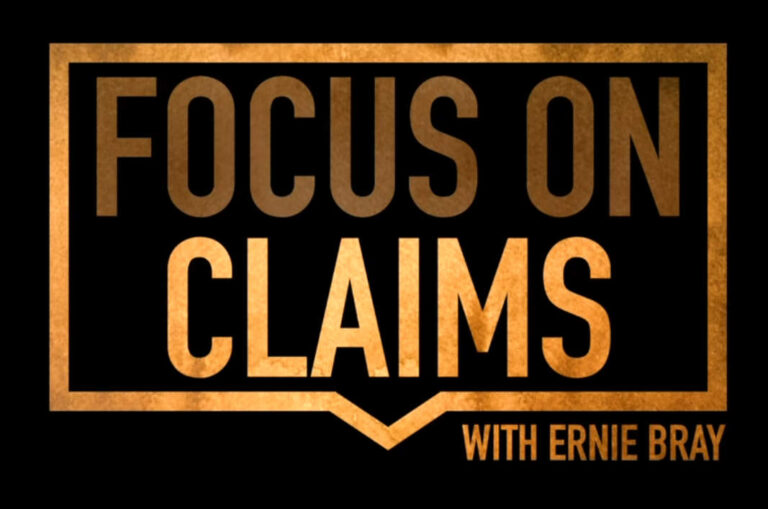
Introducing Attestiv’s ROI Calculator: See the Real Cost of Insurance Fraud — And How to Beat It
The Attestiv ROI Calculator helps insurance professionals quantify the real cost of AI-generated fraud — and how much you can save with Attestiv’s fraud detection platform.










